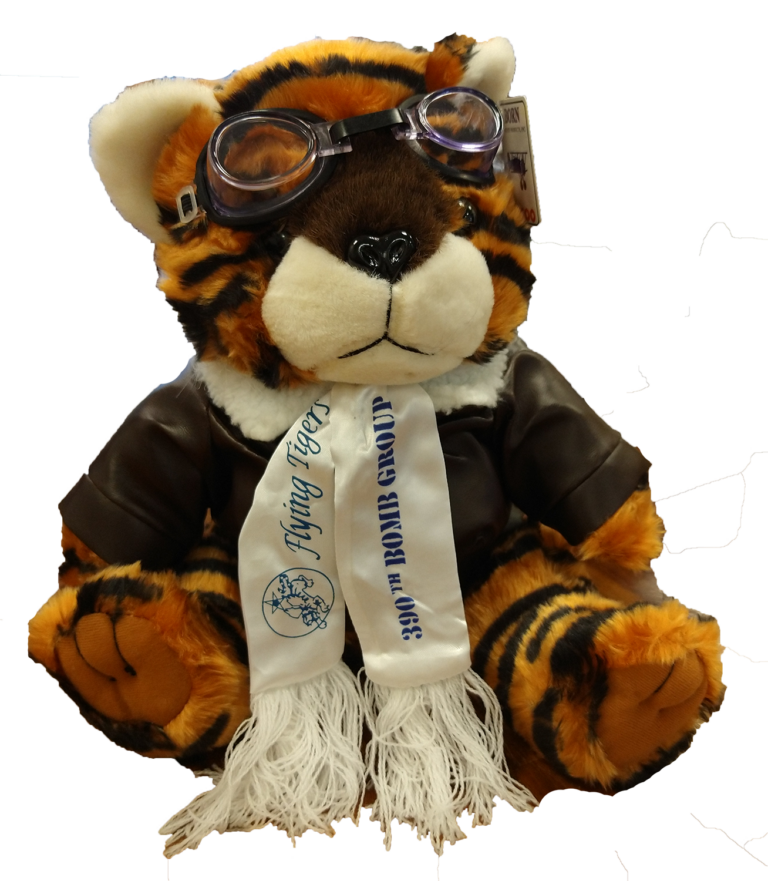The 390th Bombardment Group
Birth & Mission
On January 26, 1943, the U.S. Army formally activated the 390th Bombardment Group (H) at Geiger Field in Spokane, Washington. Present on the parade field in Spokane to hear General Order 14 read by the airfield’s commanding officers were the 390th’s Headquarters Company and its first squadron, the 568th Bomb Squadron. On February 18, 1943, the Army activated the 569th, 570th, and 571st Bomb Squadrons and officially attached them to the 390th Bomb Group.
The activation of the 390th Bomb Group and its four squadrons marked a significant milestone in the American contribution to the Second World War. As one of over sixty U.S. Army Air Forces bomb groups established in 1943, the 390th became an essential component of the Allies’ strategic bombing mission against Germany and occupied Europe. Their efforts combined with those of the U.S. Army Air Forces and its Allies were instrumental in the defeat of Nazi Germany.
The legacy of COurage
Between August 1943 and May 1945, the 390th Bomb Group flew 301 combat missions over Europe. They participated in many well-known bombing campaigns over Münster, Schweinfurt, and Berlin. The 390th also contributed to Allied efforts on D-Day. In addition to their combat missions, the 390th conducted six humanitarian missions under Operation Chowhound. These missions aimed to provide much-needed food and supplies to Dutch civilians suffering from ongoing famine. The 390th’s efforts helped alleviate the devastation faced by the Dutch population.
Despite the danger posed by aerial warfare during World War II, the men of the 390th Bomb Group remained resolute in their commitment to the Allied mission. Their unwavering courage in the face of adversity earned the 390th Bomb Group a reputation as one of the most effective heavy bomber units in the U.S. Army Air Forces. They earned two Presidential Unit Citations, eight battle streamers, and many commendations.
Today, we remember their legacy.
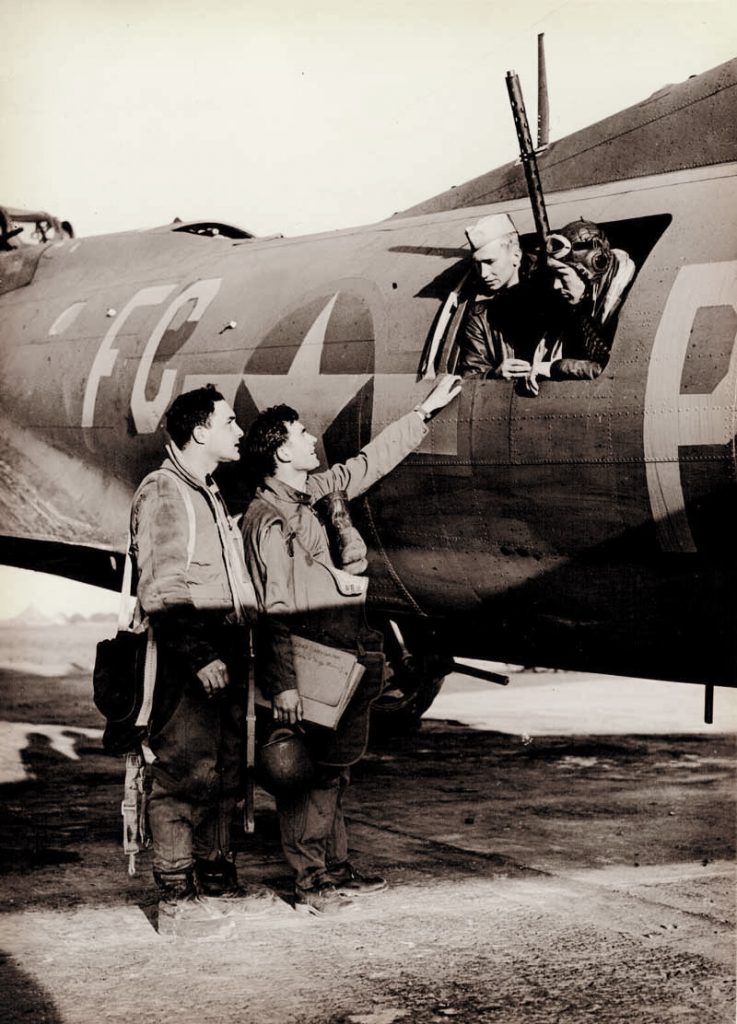
“It takes excellent planning and execution to attain the fine record established by the 390th.”
-Lt. General Jimmy Doolittle, Commanding General, Eighth Army Air Force
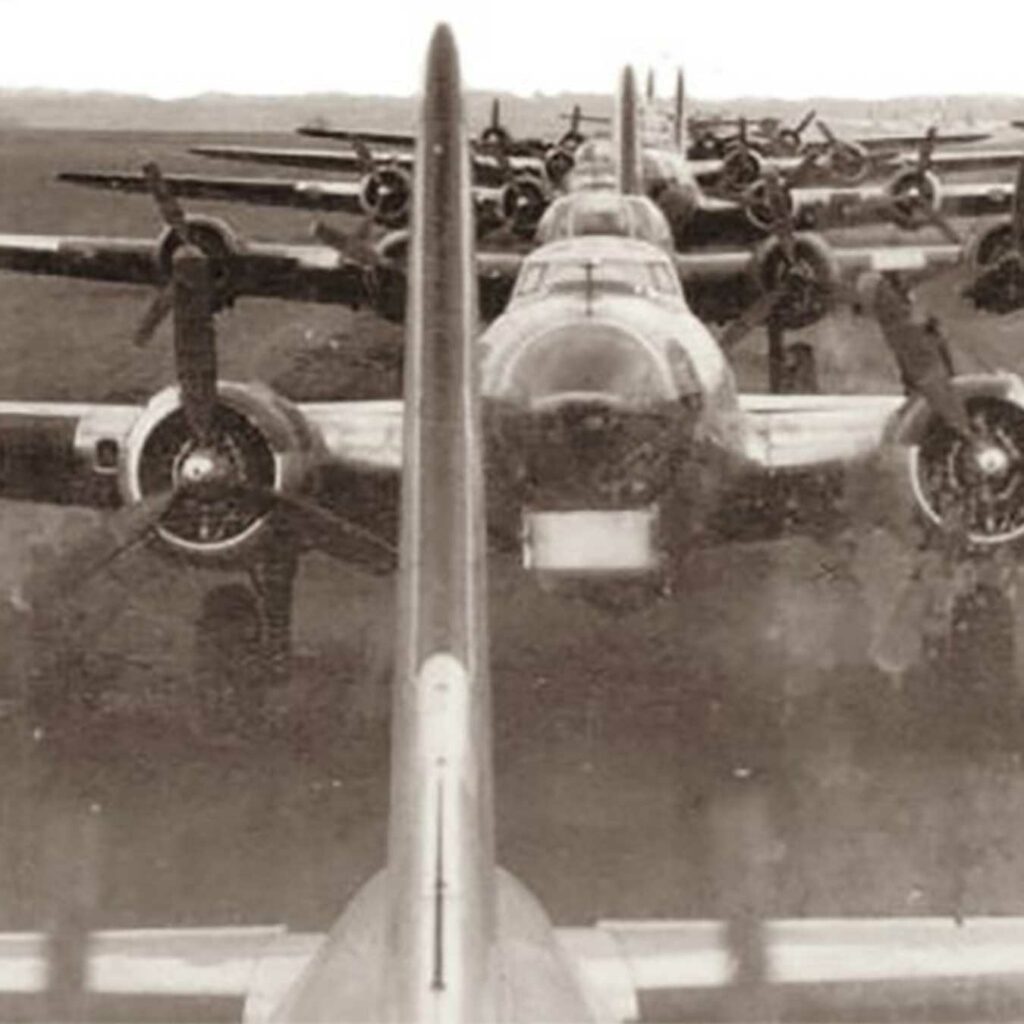
The 390th's Place in the European Theater
The 390th Bomb Group was one of forty bomb groups serving with the Eighth Army Air Force during World War II.
The Eighth Army Air Force, as with the other Air Forces, organized its assets into divisions and then wings. There were three air divisions under the Mighty Eighth. These divisions served as the intermediaries between the Army Air Forces and the operational units. During World War II, the Air Divisions were responsible for planning and executing combat operations, assigning targets, and establishing priorities to ensure efficient and effective utilization of air power in support of the Allies.
Under each division, each bomb group operated within a wing, or a larger organizational unit consisting of multiple units. The primary role of the wing was to coordinate, support, and provide strategic direction for the units under its command. By doing so, the wing was responsible for maximizing the combat capabilities of the units under its command.
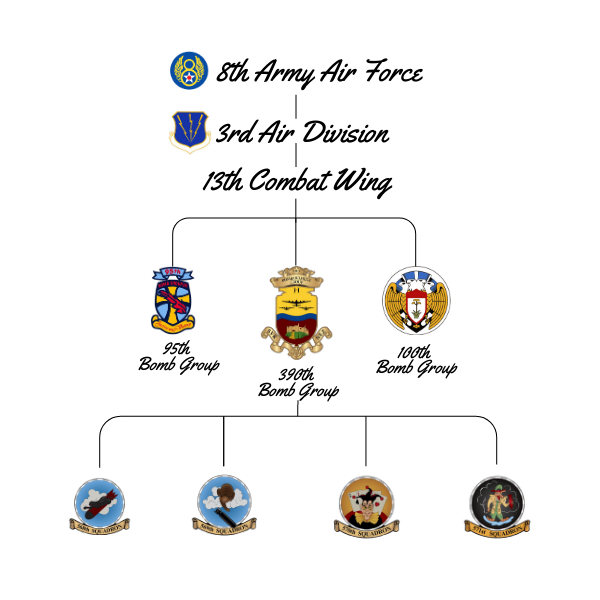
Tail Marking: The Square J
Each aircraft had a tail marking unique to a specific bomb group. All 390th aircraft donned a Square J. The square symbol indicated the plane operated under the Third Air Division, what the “J” represented it belonged to the 390th Bomb Group.
The Square J has become as much of a symbol of the 390th Bomb Group as its unit insignia and still holds meaning to the veterans and their families, as well as the museum’s staff, volunteers, and members.
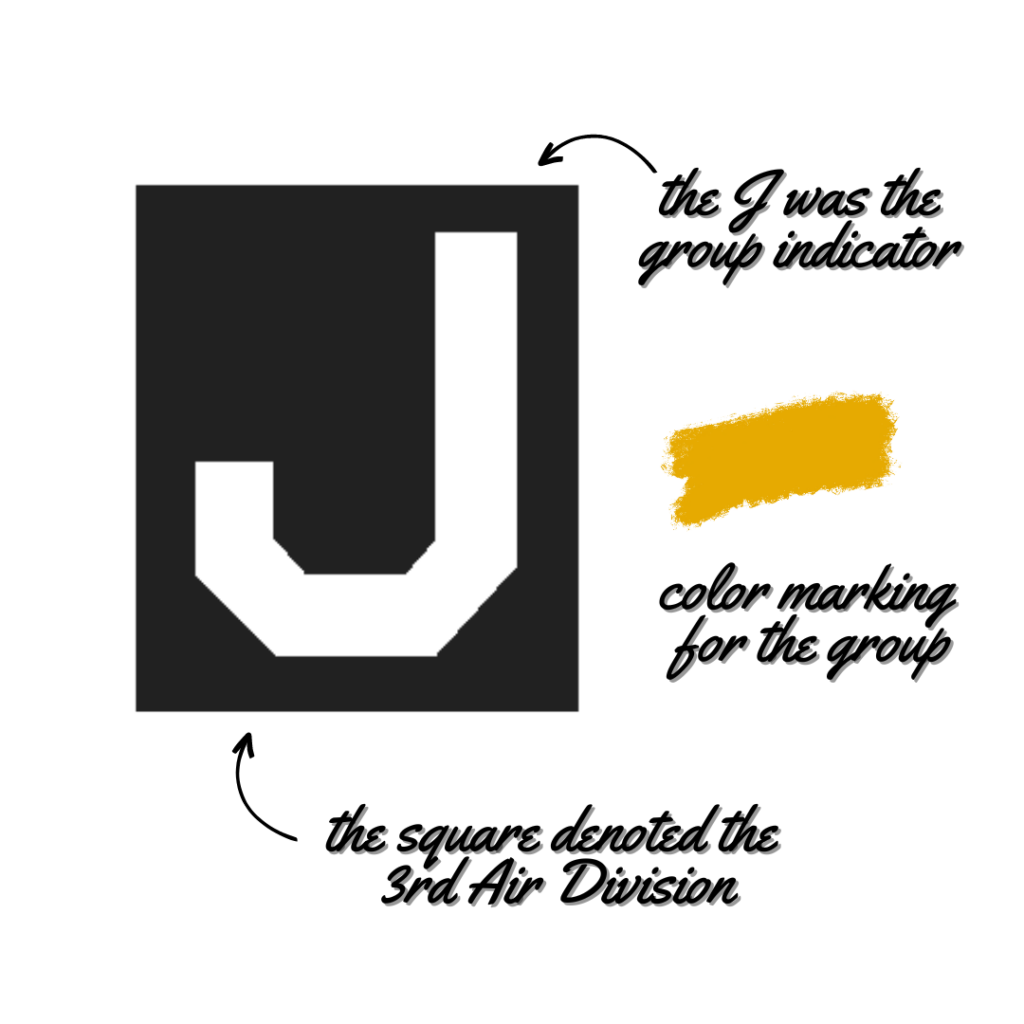
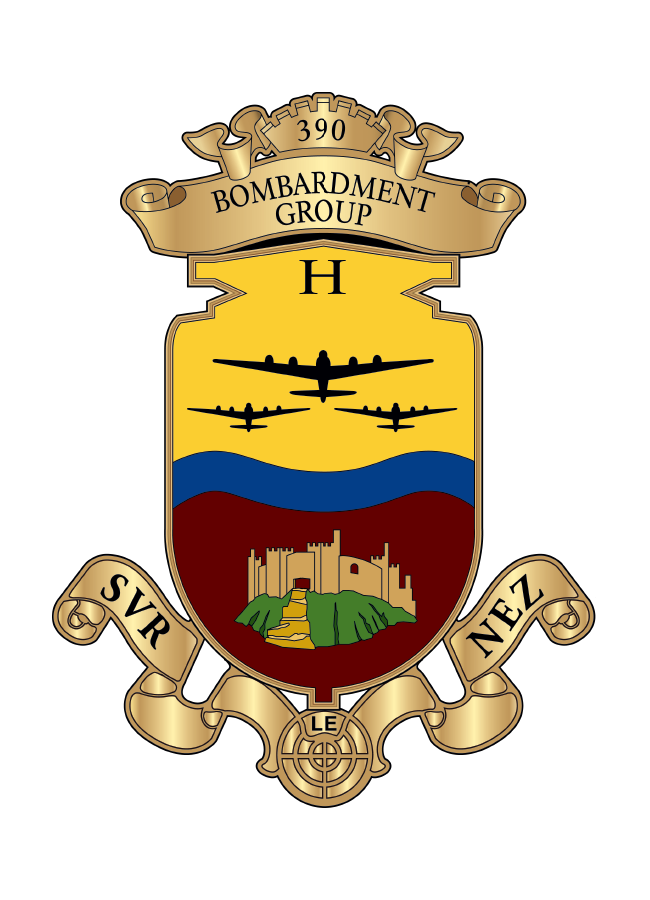
Unit Emblem: The SUr Le Nez
The 390th Bomb Group’s distinctive unit insignia was the Svr Le Nez. This emblem followed the Eighth Army Air Force’s rules and regulations for heraldry and was specific to the 390th.
In French, “Sur Le Nez” means “on the nose,” – accurate symbolism of the 390th’s precision and accuracy during their combat missions.
Each squadron also had a unique unit insignia:
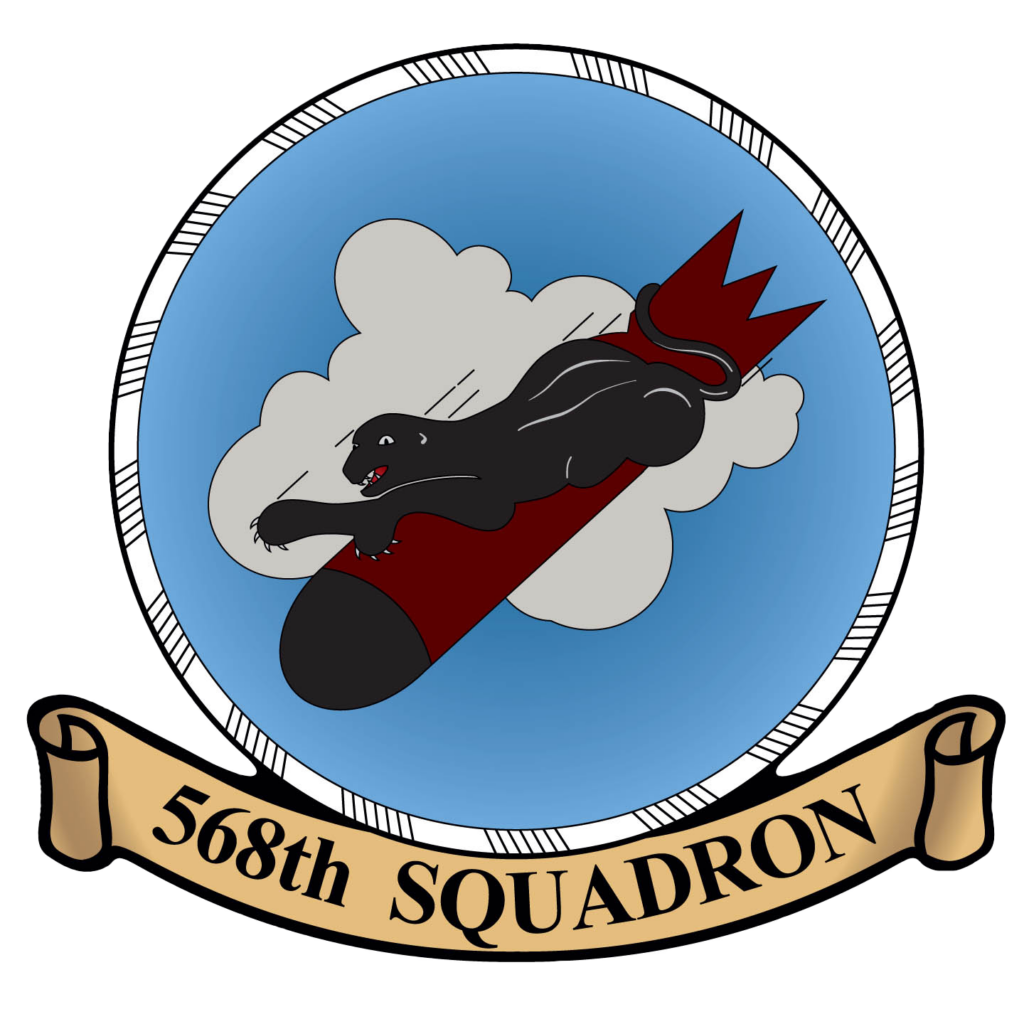
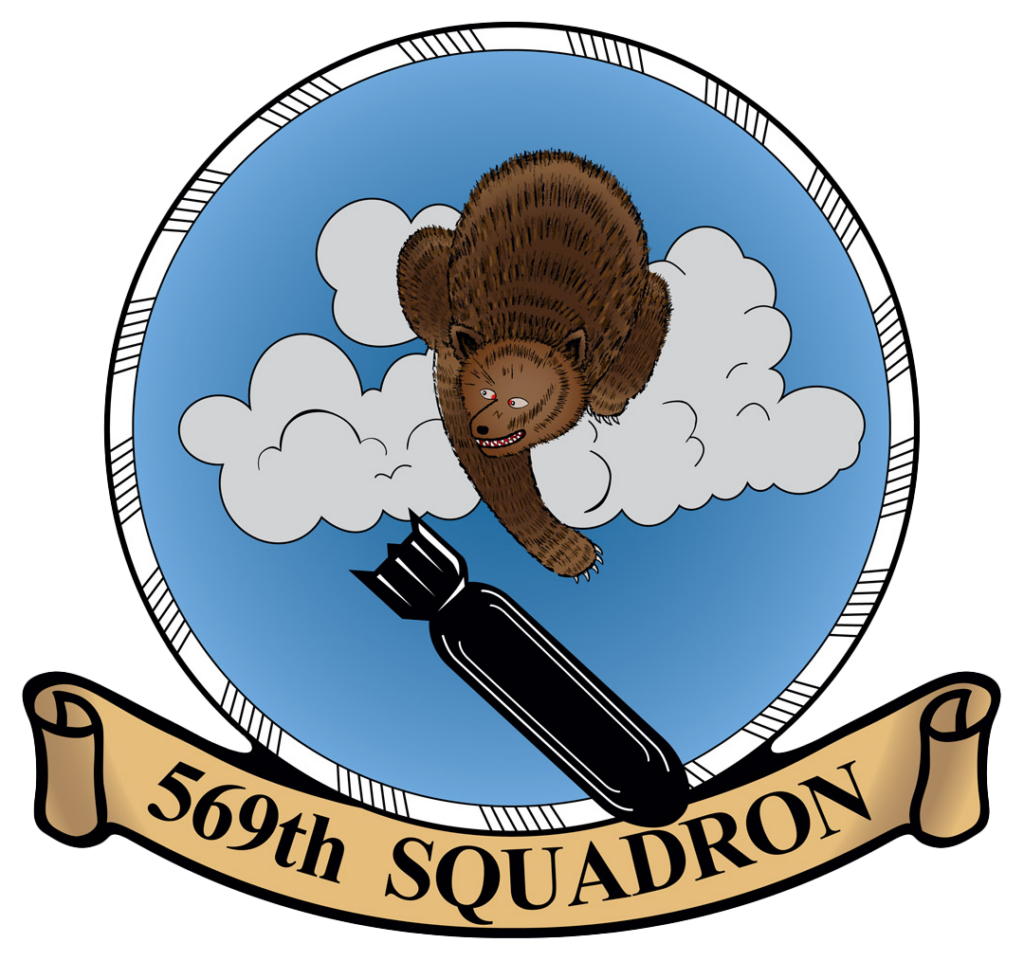
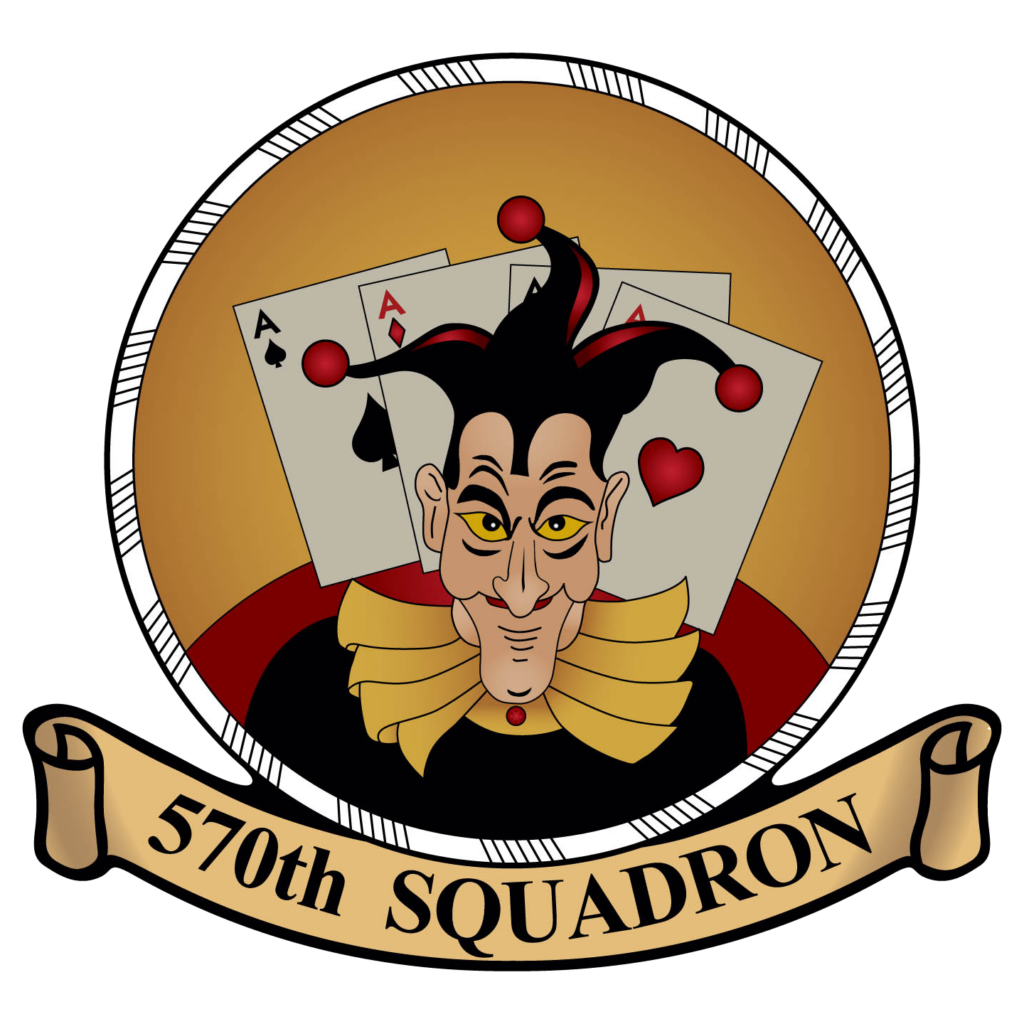
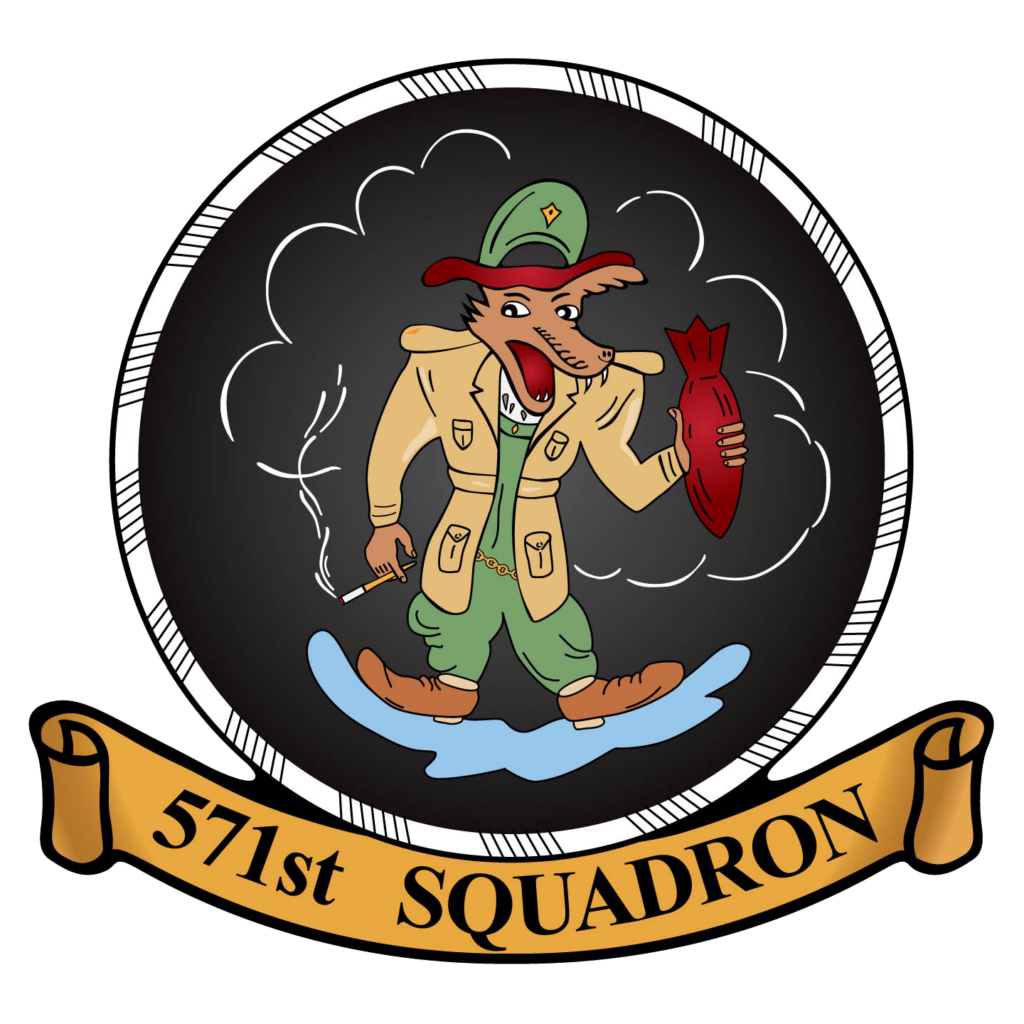
On the Ground: The Unsung Heroes
The success of the 390th Bomb Group, and all other bomb groups, was made possible by the dedication of thousands of ground personnel. Behind every bomber crewman, there were twenty or more ground personnel supporting every aspect of the group’s missions.
The ground crew played essential roles in ensuring operations went smoothly, whether in combat or daily operations on the airfield. From pre-flight safety checks to food prep, the success of each combat mission depended on these, often-forgotten, personnel.
The specialized mechanics within the ground crews were particularly vital to the 390th Bomb Group. These men often worked long, arduous shifts to complete essential maintenance and repairs to the B-17 Flying Fortresses so they were in optimal condition before a combat mission. Their efforts to keep the 390th’s planes airworthy for aircrews was instrumental to the safe return of 390th aircrews.
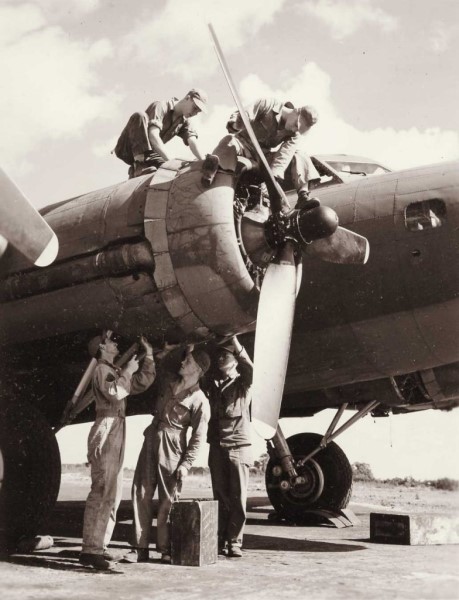
The 390th’s ground crew consisted of members from various units assigned to the 390th Bomb Group including:
18th Weather Squadron
30th Station Complement
216th Finance Section
383rd Service Squadron
423rd Air Service Group
458th Sub-Depot Company
563d Postal Unit
827th Engineer (Aviation) Company
878th Chemical Company
1091st Quartermaster Company
1143rd Military Police Company
1689th Ordnance S and M Company
2034th Fire-Fighting Platoon


